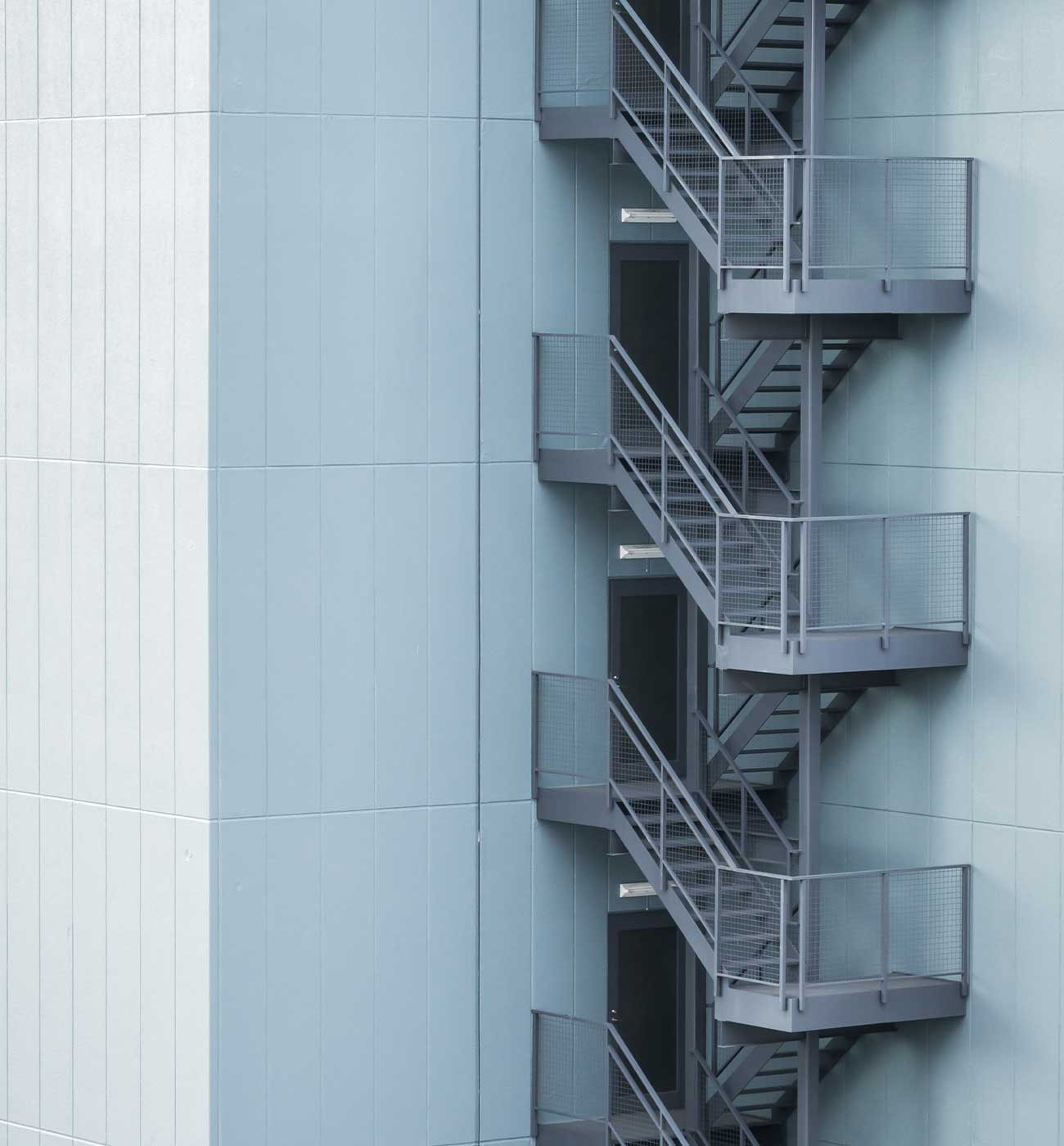

Who Can Benefit from High-Rise Safety Training?
-
Residents:
Those living in high-rise buildings who want to ensure their safety during emergencies. -
Business Owners & Employees:
For commercial office buildings, it’s crucial for employers and employees to be prepared for emergency evacuation procedures.
Call us for more information: +1 201-522-3015
What is important to know about High-Rise Safety?
-
Evacuation Procedures: Knowing the quickest, safest routes for escaping a high-rise building during an emergency is critical.
-
Emergency Kits & Safety Tools: Being prepared with the right safety equipment, including fire extinguishers and first-aid supplies, can save lives.
Metropolitan offers this safety training to ensure all building occupants are equipped with the knowledge to respond appropriately in case of an emergency.
Call us for more information: +1 201-522-3015


High-Rise Safety
Understand Evacuation Routes
Know Fire Safety Protocols
Emergency Preparedness Training
Frequently Asked Questions (FAQs)
Are high-rise buildings safe?
Yes, high-rise buildings are generally safe due to advanced building codes and safety regulations. However, being informed about evacuation procedures and building safety features is crucial for preparedness.
What is the major problem in high-rise buildings?
The major problem in high-rise buildings is evacuation. The distance and time required to evacuate from upper floors can be significant, especially during an emergency. This makes it important to understand the best evacuation strategies.
Which floor is safest in a high-rise building?
The safest floors in a high-rise are typically those below the 7th floor. They are closer to the ground, making evacuation easier and faster. However, safety also depends on the building’s design, fire protection systems, and the emergency plan.
Is high-rise building evacuation different from other buildings?
Yes, evacuation in high-rise buildings requires special attention. The vertical distance involved in evacuating, along with challenges like crowded stairwells, requires more time and coordination compared to a standard building.


